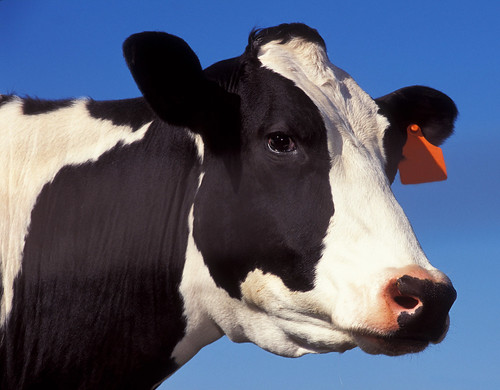
All June long, USDA has been celebrating the 80th annual National Dairy Month, highlighting the hard work and dedication of American farmers as well as the valuable nutrition milk and milk products add to the American diet.
USDA’s National Agricultural Statistics Service (NASS) sheds light on the size, value and diversity of the U.S. dairy industry through a comprehensive annual dairy report each April. Last year, 1.367 billion gallons of ice cream, and 4.456 billion pounds of plain and flavored yogurt were produced. Total cheese output (excluding cottage cheese) was 1.04 billion pounds and butter production was 164 million pounds, down 4.1 percent from April 2016.
NASS also releases a monthly milk production report. The most recent data show U.S. milk production in May totaled 18.9 billion pounds, up 1.8 percent from May 2016. Production per cow in the United States averaged 2,016 pounds for May, 19 pounds above May 2016.
So what do people do with this data? As a dairy producer and American-Agriwomen representative, Doris Mold shares some of the ways she uses NASS survey results, “I like to see what is going on in other parts of the country, where people think their cost of production is, and comparing that to my cost of production.”
Others use the data for additional analysis. For example, according to the USDA Economic Research Service, the average American ate 8.5 pounds of ice cream, 8.1 pounds of cheddar cheese, and 10.4 pounds of yogurt in 2013.
She’s not the only one. Many folks use NASS data in a variety of ways.
We’ve learned a lot from the dairy statistics from previous Censuses of Agriculture, taken every 5 years. At the end of 2012 when NASS conducted the last Census of Agriculture, the number of farms with milk cows was 64,098, down 8 percent from the 2007 census. Seventy-seven percent of farms that sold milk from cows in 2012 were family or individually owned.
The 2017 Census of Agriculture will be conducted this December and U.S. dairy producers will have the chance to again provide an updated picture of the dairy sector.
